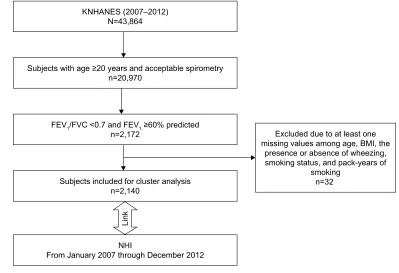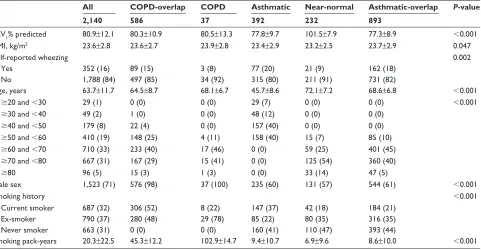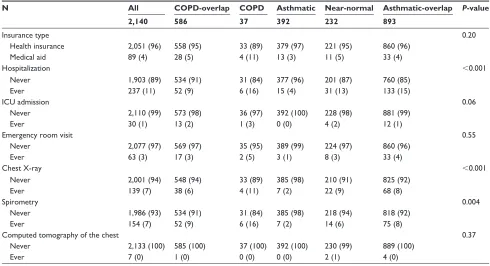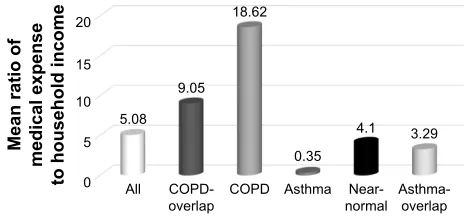Identification of subtypes in subjects with mild-to-moderate airflow limitation and its clinical and socioeconomic implications
Full text
Figure




Related documents
If the IRB determines that a research study involves risk higher than minor increase over minimal and finds either none or insufficient benefit, its jurisdiction is surpassed and a
The model, tested using data of the two periods with a higher volatility of the returns of the recent history of copper prices (May 2006 to September 2008 and September 2008
These findings are consistent with the results of case-control studies on 62 New Zealand pasture-based dairy farms, where track maintenance and animal handling were found to be
distributive justice, procedural justice, interactional justice, temporal justice, spatial justice on. job satisfaction of
Western blot and RT-PCR results demonstrated that overexpression of miR-218 was able to inhibit protein and mRNA levels of CTGF in both SW620 and HCT116 cell lines (Fig. 5 a,
2 Differences in moderate vigorous physical activity (MVPA) between intervention and control conditions over time, adjusting for baseline demographic differences, nesting of days
By using a large-scale approach, or the models derived from the study of craniofacial (skull) shape variation (González-José et al. 2008 ) or other classes of biological data (Araujo

